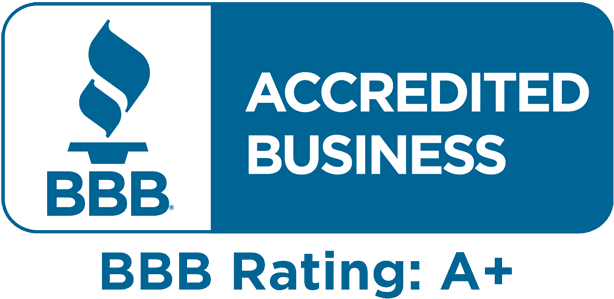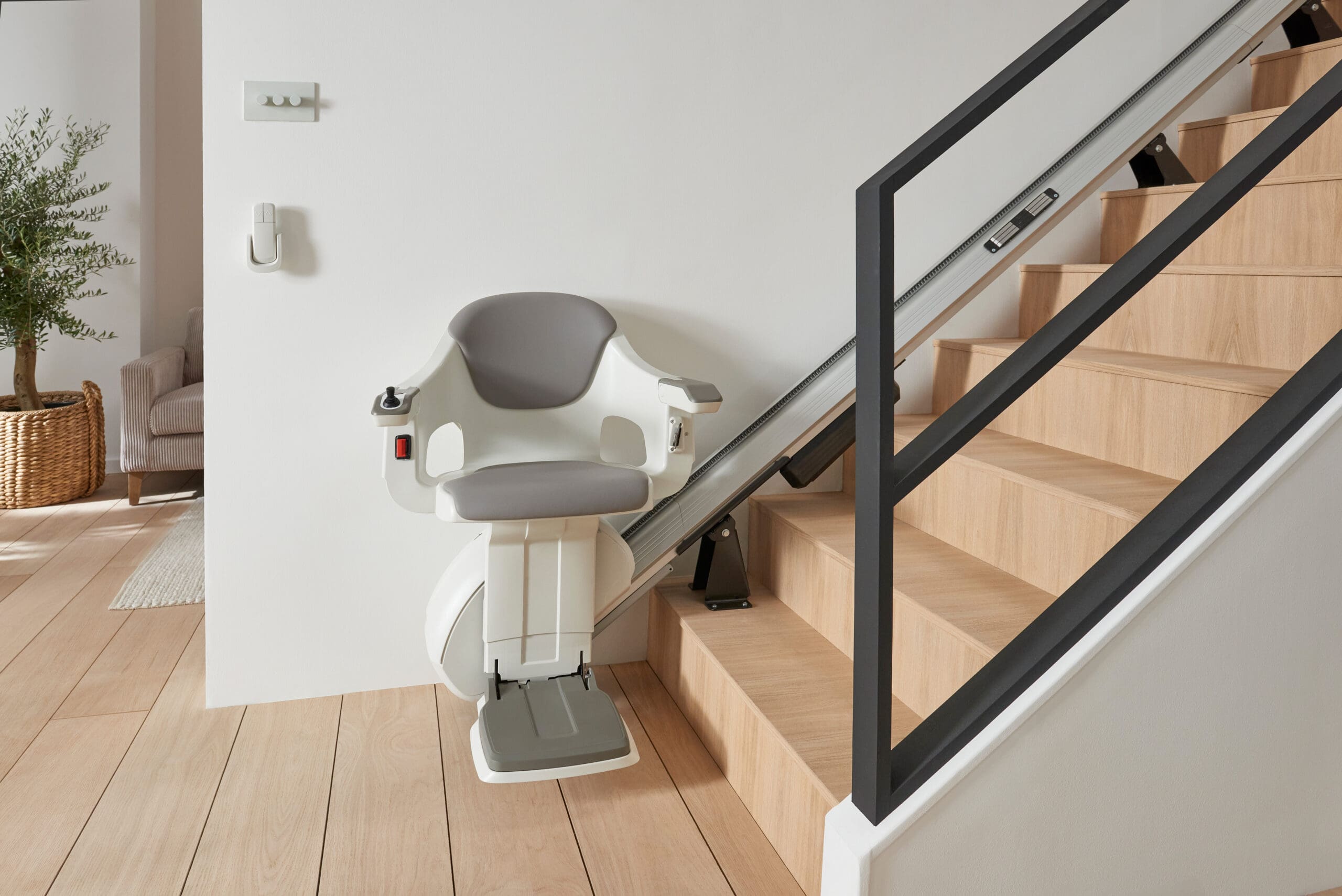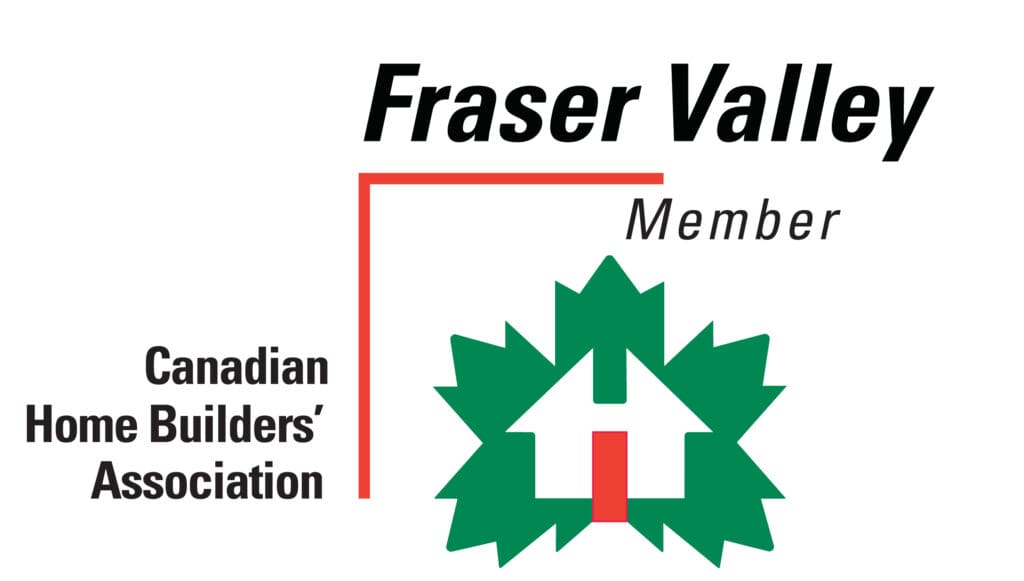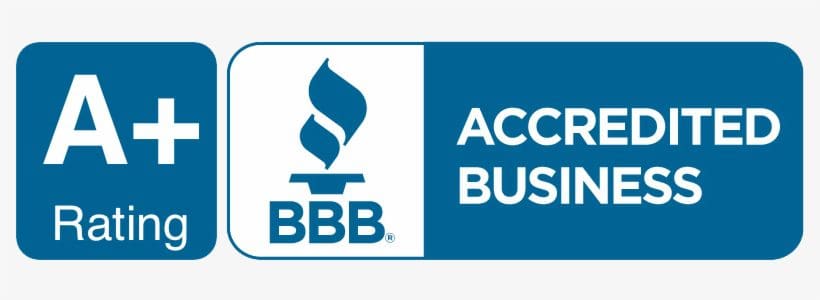In British Columbia, creating accessible and age-friendly homes is more than a mere convenience; it’s necessary for inclusivity and comfort. With an aging population and a growing awareness of the needs of individuals with disabilities, adaptive renovations are becoming essential.
These changes, grounded in universal design principles, ensure homes are safe, comfortable, and accessible for everyone, regardless of age or mobility.
Understanding Accessibility Needs
An accessible and age-friendly home is designed to be navigable and comfortable for all, including those with mobility challenges. Common challenges include navigating narrow hallways, using traditional bathrooms, climbing stairs, and accessing high cabinets.
The key is to assess the unique needs of the home’s occupants before creating an environment that caters to their comfort and safety without compromising on style.
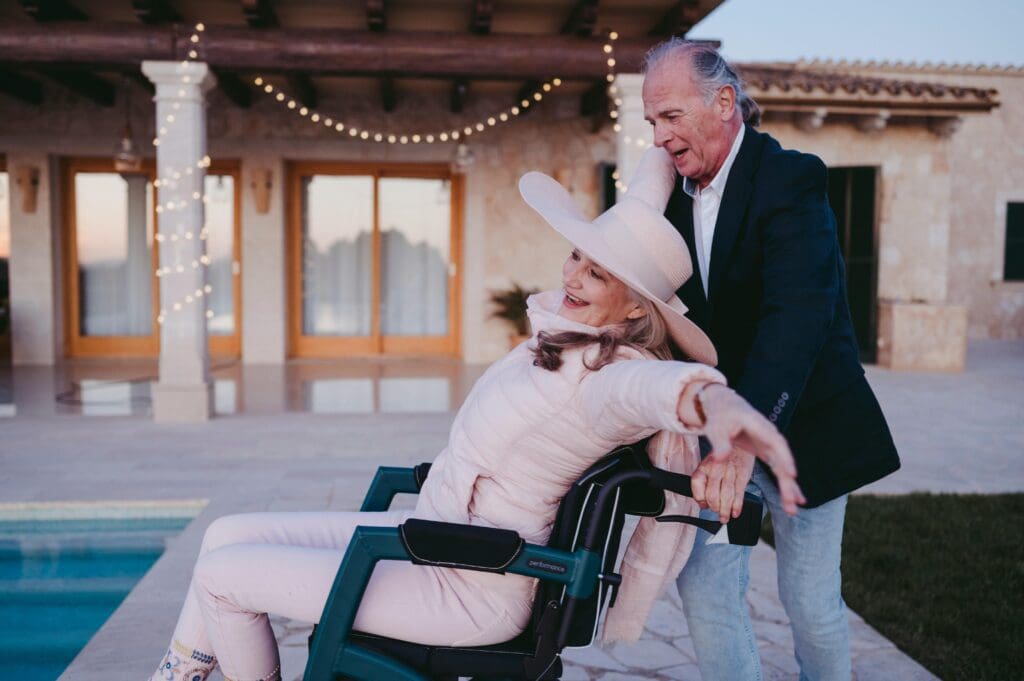
Seniors deserve homes that embrace accessibility, empowering their independence and comfort.
Key Elements of Accessible Home Design
Entrances, Stairs, and Exits:
Adapting entrances, stairs, and exits is crucial for accessibility. Consider installing ramps with gentle slopes or stair lifts, and ensure front and back doors are wide enough to accommodate mobility aids.
It’s also important to have non-slip surfaces and adequate lighting to prevent falls. Other features like low-threshold doors and sensor-activated lights can further enhance accessibility and safety.
Hallways and Interior Doorways:
In an accessible home, hallways and doorways should be at least 36” to 48” wide and 80” tall to accommodate wheelchairs and walkers comfortably. Lever-style door handles, which are easier to use than traditional knobs, and sliding doors significantly improve accessibility.
Thought should also be given to the height of peepholes and doorbells.
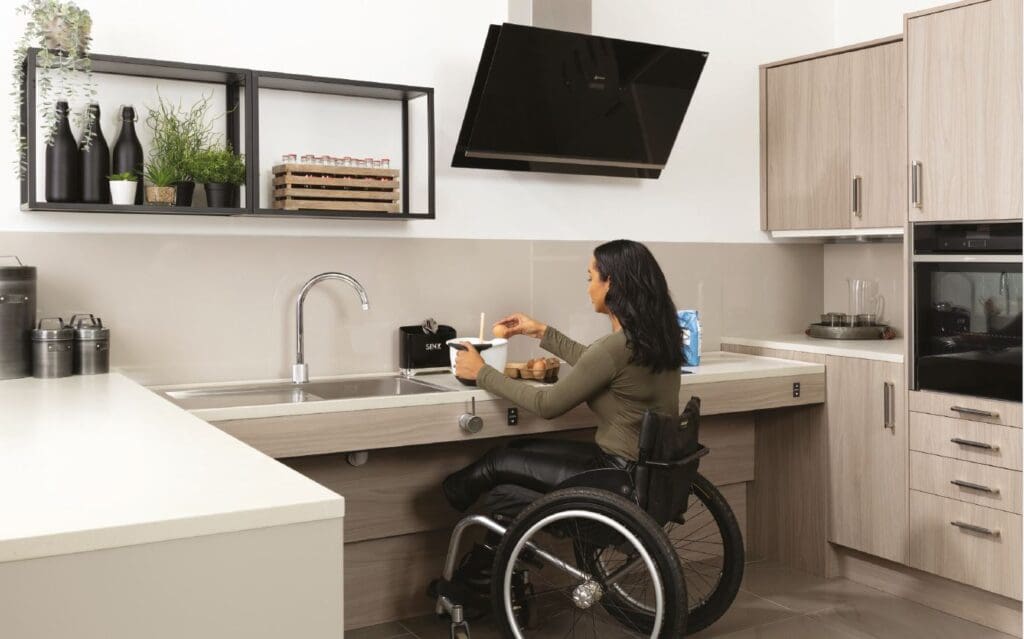
Accessible kitchens empower individuals of all abilities to cook with comfort, efficiency, and joy.
Adapting Key Living Spaces
Bathrooms:
Bathrooms require careful consideration. Walk-in showers with no steps, built-in benches, or seats are ideal. Adjustable shower heads and easy-to-reach controls add to easy functionality.
Grab bars should be installed in the shower, near the toilet, and beside the bathtub. For further convenience, consider sensor-activated faucets and anti-scald devices to prevent burns.
Kitchens:
The kitchen should be functional for everyone living in your home. Lowering countertops to 34 inches and providing knee space under sinks and cooktops can make a kitchen more wheelchair-friendly.
Pull-down shelving and revolving trays in corner cabinets improve storage accessibility. Appliances like side-by-side refrigerators and front-control ranges are also more accessible.
Integrating Assistive Technologies
Modern technology offers numerous solutions for making homes more accessible:
- Voice-activated systems can control various aspects of the home, from adjusting thermostats to locking doors.
- Automated systems can be used for window coverings, reducing the need to reach or stretch.
- Consider installing smart sensors that sense and call an alert in case of falls or other emergencies, which is especially beneficial for seniors or disabled persons living alone.
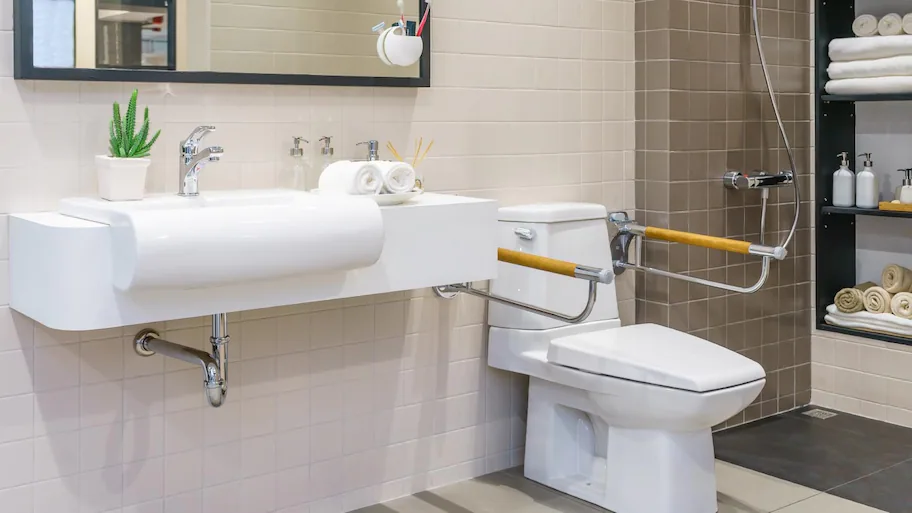
Accessible bathrooms ensure dignity and ease, promoting independence and safety in everyday routines.
Balancing Aesthetics with Functionality
Renovating your home to be more accessible doesn’t mean compromising on style. Modern adaptive equipment and fixtures are designed to blend seamlessly with home decor.
For instance, grab bars come in various styles and finishes and complement bathroom aesthetics. In the kitchen, ergonomic design can be stylish, with sleek, easy-to-use handles and controls.
Financial Considerations and Support
Renovating for accessibility can be costly, but various programs in British Columbia can help:
- BC Rebate for Accessible Home Adaptations (BC RAHA) offers financial assistance for low-income households in need of home modifications.
- Home Renovation Tax Credit for Seniors and Persons with Disabilities helps with the cost of home modifications.
- Explore your local nonprofits that assist with home modifications for individuals with specific disabilities.
Working with the Right Professionals
Hiring the right professionals is essential for a successful accessibility renovation:
- Look for contractors and designers with experience in accessible design. They should be familiar with the latest products and technologies in the field.
- Ensure they understand the specific needs of your home’s occupants.
- Check references and review past projects to ensure their work aligns with your expectations and needs.
FAQs
1. What are the first steps in making a home more accessible?
Start with assessing the current space and identify areas that pose the most significant challenges. Simple changes like installing grab bars, improving lighting, and removing tripping hazards can be a good start.
2. How can I make my bathroom safer and more accessible without a complete renovation?
Install grab bars near the toilet and in the shower, use a shower chair, and consider a raised toilet seat. Non-slip mats and better lighting can also enhance safety.
3. Are there specific design elements that are particularly important for mobility-impaired individuals?
Yes, elements like wider doorways, no-step entries, lower countertops, and lever-style door handles are crucial for improving accessibility.
4. What should I look for in a contractor when planning an accessibility renovation?
Look for contractors with experience in accessibility renovations. Check for credentials, references, and examples of their previous work in this field.
5. How do I balance budget constraints with the need for accessibility modifications?
Prioritize modifications based on immediate needs and safety. Explore financial assistance programs (there are a few available to BC residents!) and consider phased renovations to spread out costs.
6. What should I consider for accessible flooring?
Flooring should be slip-resistant and smooth enough for easy wheelchair movement. Low-pile carpeting or hard flooring like laminate or vinyl are good choices.
7. What kitchen adaptations are essential for someone in a wheelchair?
Key adaptations include lower countertops, accessible storage, and appliances positioned for front access. Motorized adjustable cabinets can also be a valuable addition.
9. Are there design options that help with visual impairments?
High-contrast colour schemes help delineate different areas. Tactile cues on appliances and controls are helpful, as is good lighting.
Resources
For homeowners in British Columbia looking to make their homes more accessible, a variety of resources are available to provide guidance, financial assistance, and professional expertise. Here are some key resources:
BC Rebate for Accessible Home Adaptations (BC RAHA):
https://www.bchousing.org/housing-assistance/BC-RAHA
The BC RAHA program provides financial help in the form of rebates to eligible low-income households to complete home adaptations for independent living.
Home Renovation Tax Credit for Seniors and Persons with Disabilities:
https://www2.gov.bc.ca/gov/content/taxes/income-taxes/personal/credits/seniors-renovation
This tax credit assists eligible seniors and persons with disabilities with the cost of particular permanent home renovations to improve accessibility.
Canada Mortgage and Housing Corporation (CMHC):
https://www.cmhc-schl.gc.ca/professionals/industry-innovation-and-leadership/industry-expertise/accessible-adaptable-housing/accessible-housing-by-design
CMHC offers guides and resources on accessible housing by design, including tips on modifying homes for accessibility and mobility issues.
Rick Hansen Foundation:
https://www.rickhansen.com/
This foundation offers resources and programs that encourage accessible building practices and includes a wealth of information on creating inclusive spaces.
BC Association of Clinical Counsellors (BCACC):
https://bcacc.ca/
For those needing support during the transition to an accessible home, the BCACC can provide contacts for professional counsellors who specialize in assisting with life transitions and disability-related challenges.
